Cadillac wants to recover the prestige of yore. Now that rivals have caught up, it has gone straight to the latest trend: customizing luxury cars to the maximum
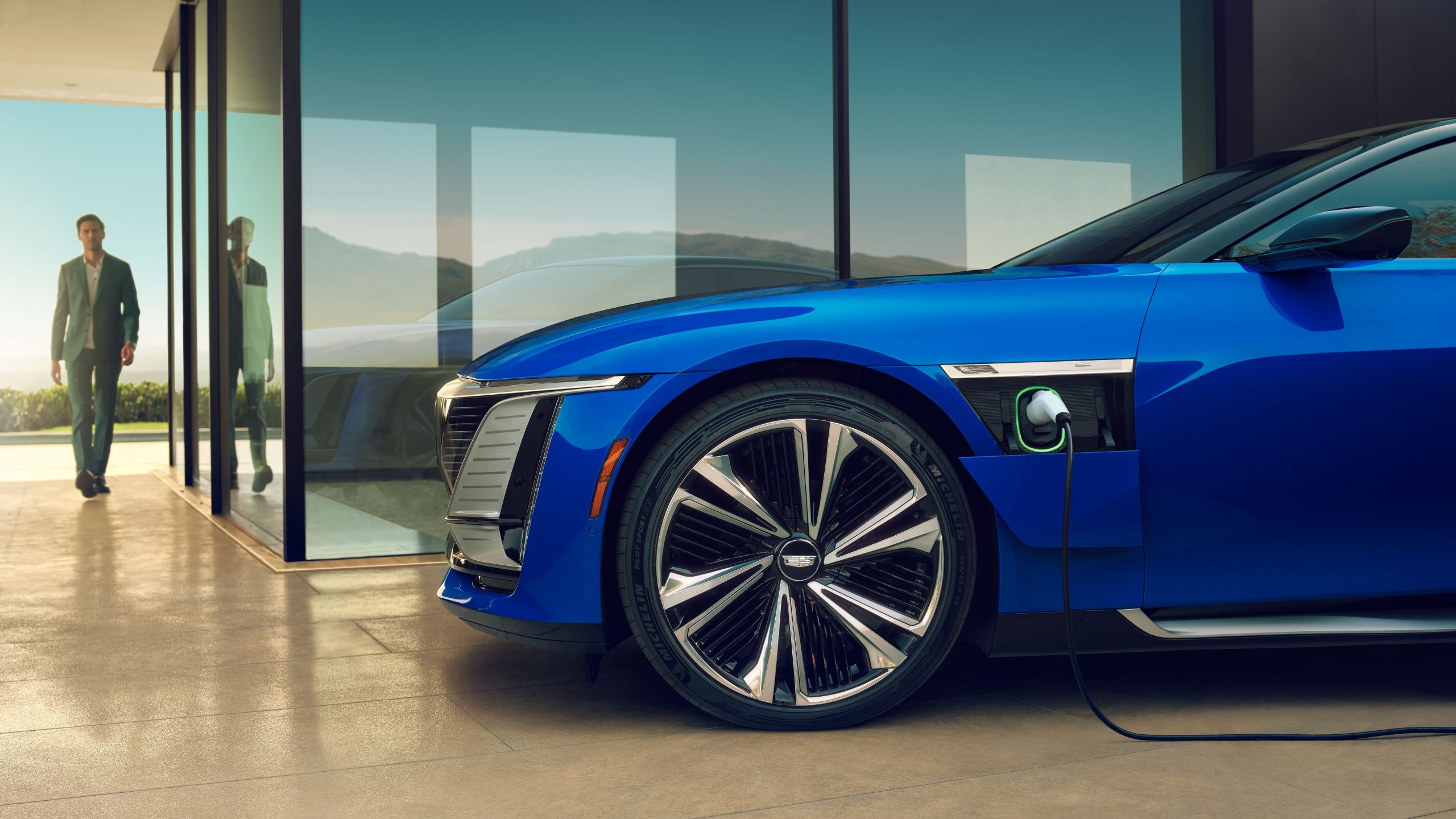
Take a moment to think of luxury cars. If you are thirty or older, the first image to come to your mind will probably be of a limousine. Digging deeper into that memory, I can guess that this limousine is long and black, and has an extravagant cabin filled with amenities of all sorts. After all, that is the image of luxury our culture has built. The thing is… doesn’t that image of luxury car seem old-fashioned to you?
Back then, luxury was about excess. Excessive dimensions, engine output, equipment list… And, of course, excessive prices. Fortunately, recent events and society’s overall growth have gradually changed that train of thought. Wealthy buyers will always enjoy ostentation to some extent but, lately, they are focusing on themselves. This new interpretation of an “introspective luxury” is what motivated writing this article.
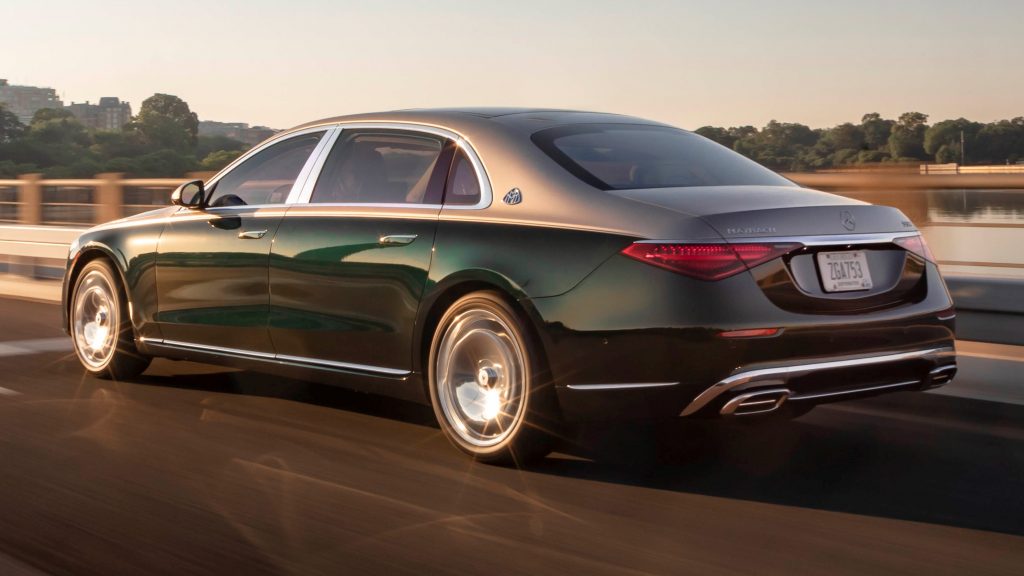
Luxury cars in the past
Automakers used to rely on simply adding items because that was the only way to effectively build luxury cars. When electronics became mainstream, installing the first items demanded big investments to update the car’s platform. The only way to properly deal with that issue was to restrict them to luxury cars at first. They would trickle down the lineup over the next years once the financial return had already started.
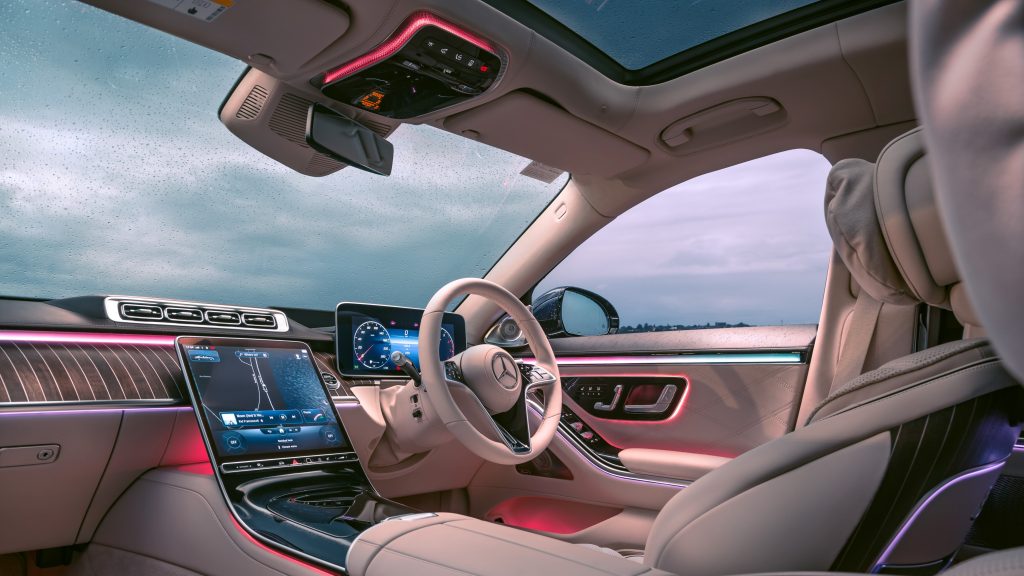
Another key characteristic is that there was smaller interdependence among car parts. Building a better gauge cluster was as simple as installing an extra gauge. External trim parts could become cheaper by not being painted. It was common to install climate control and audio system separately, sometimes after the car left the dealer, and so on. Making a car basic or refined was a matter of ticking options like those.
There is another topic to mention. Some automakers faced chronic problems such as financial instability, low reliability, poor dealership structure, and/or downright poor quality. They harm the company’s image; it becomes harder to persuade people to buy its cars, especially the upscale ones. In short, carmakers had to keep themselves together and stuff a car with items in order to make it a competitive luxury product.
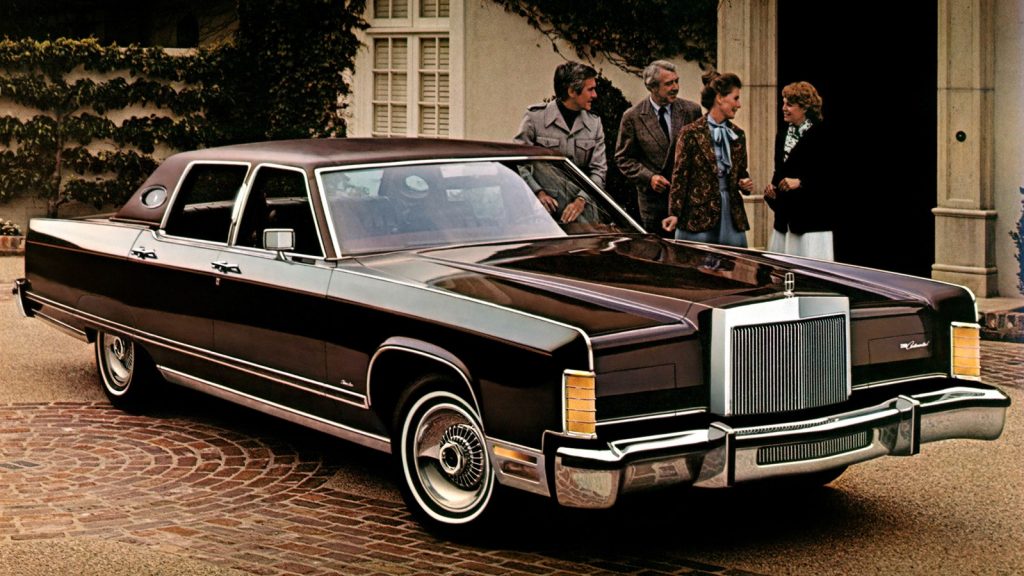
Luxury cars nowadays
The car industry has learned that it takes money to make money. While Bentley, Cadillac, Rolls-Royce, and others have a strong image, they have always had a hard time keeping themselves financially stable. Once other automakers acquired them, they started highly productive partnerships. In short, the luxury marque gains more resources while the parent company enters one of the most profitable market segments.
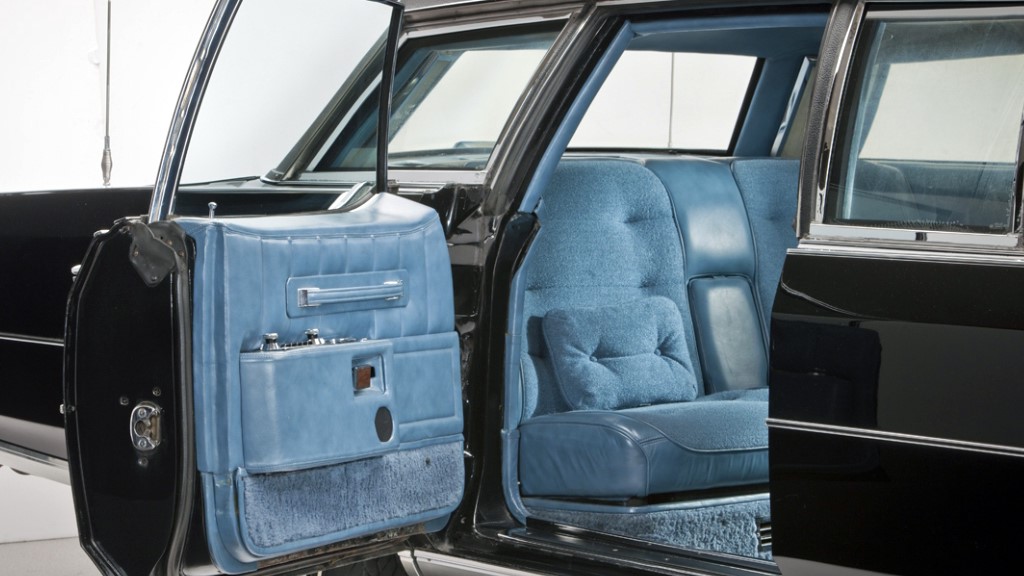
Now, the problem with that strategy is that it also standardizes luxury cars. They all offer attractive design, powerful engines, and high-quality trim now. Not to mention an equipment list with more items than you could possibly use in a lifetime. Therefore, what could make them different these days? What could make you choose the brand new Spectre, to mention a random example, instead of a Continental GT?
This is where bespoke manufacturing comes in. This industry is working harder than ever to make luxury cars an expression of their owners. They have created new divisions dedicated to interviewing the client to understand what they want from the car. Then, company and client work together to translate that desire into tangible goals such as exclusive color schemes, new upholstery patterns, and/or additional items.
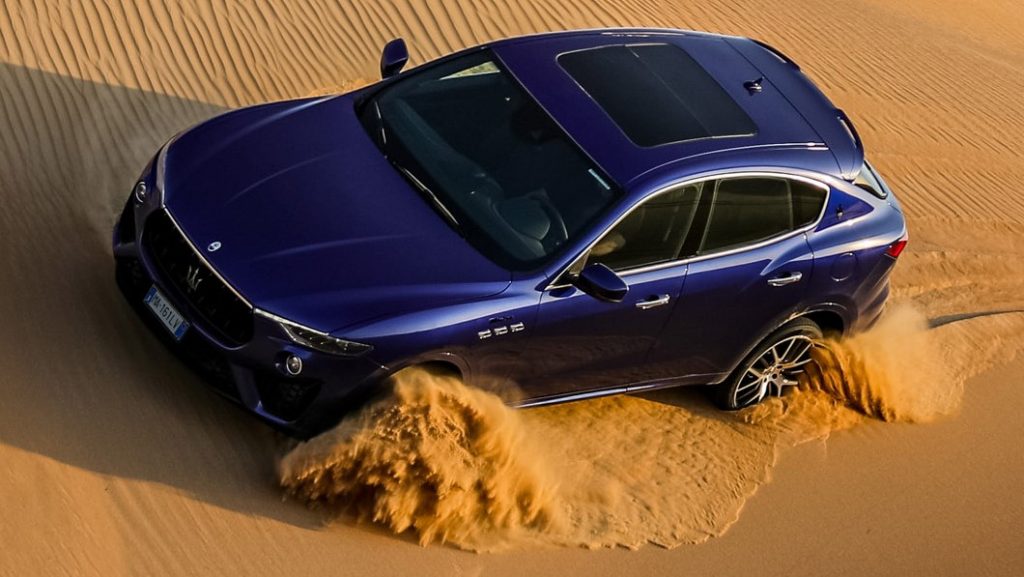
Maserati Fuoriserie
Let us take Maserati as the first example. If you want to further customize your car, the Fuoriserie program offers two collections of possibilities. The company’s new business model invites you to physically interact with all the colors and textures it offers as soon as you enter the store. Then, if you want to participate in that program, you can go to a private room and enjoy a virtual configurator to browse all the options.
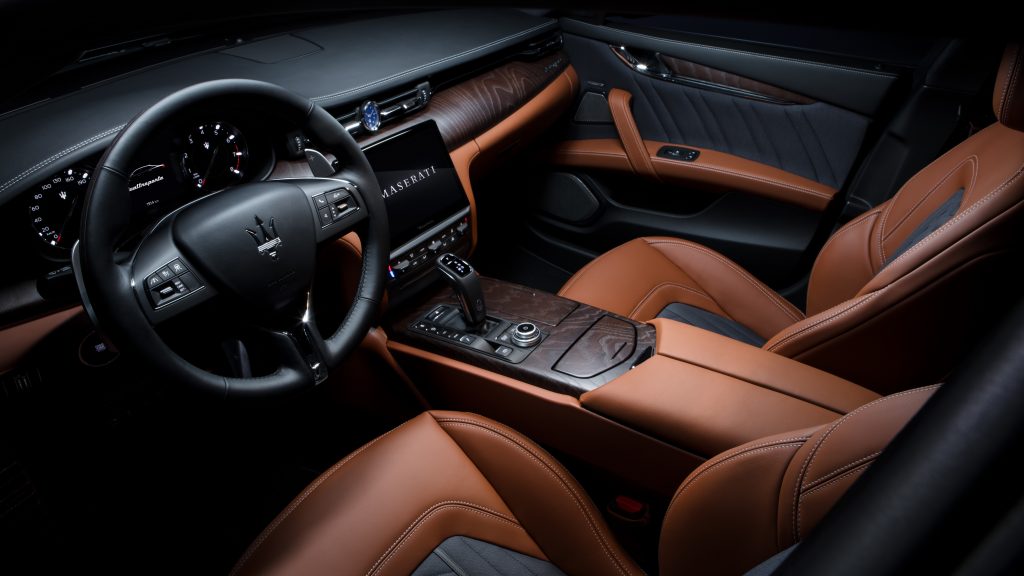
First of all, such initiatives are desirable for simply giving the buyer more options. They are paying a lot of money for the car, so it is obvious that they would love to make it unique. Those programs usually offer a collection of preset options and allow you to discuss the possibility of creating some of your own. Among the most common, we can mention the exact paint hue for the body and unique leather for upholstery.
As you can imagine, the actual products are only a part of what these divisions offer. Fuoriserie and all the others use a dedicated team of experts who have all the patience to interview you, hear your desires, and convert them into modifications to perform on your car. The Italian company has just built a commission project for the Grecale SUV, which it released not long ago: it is based on exploration missions in Mars.

Bentley Mulliner
Remember what we said about a strong image when it comes to luxury cars? Traditional makers are going further, like Bentley. The Mulliner division has released the Bacalar and the Batur, two high-end cars with a production run as limited as 12 and 18 cars. Though their prices are astronomical, the British maker never needed to disclose them. The reason is simple: those cars sell out before they are officially announced.

Since these cars are special projects, it is interesting to observe that the industry uses them for more than printing money. Bentley and Ferrari, for example, apply their latest technologies to them and preview the design concepts they intend to use over the following years. In a way, they act as windows to their future. Those Mulliner cars, for example, represent the next steps Bentley’s visual identity is going to take.
Now, keep in mind that we are talking about bespoke cars made by the customization division of a luxury automaker. Bentley Mulliner and Ferrari Icona, to keep using those examples, offer almost infinite options in terms of customization. You can select the exact pattern of the upholstery stitching, give the body paint the finish you want, add references to your family heritage… It is all a matter of expressing your wishes.

Cadillac Celestiq
While those companies preserved a strong image through the years, Cadillac went through some difficult times. First, the North American brand had to downsize its luxury cars in the late 1970s because of the oil crisis. Then, it went through a period of heavy part sharing with other GM brands so as to cut production costs and keep itself profitable. Sadly, that came at the expense of its prestige in the luxury market.
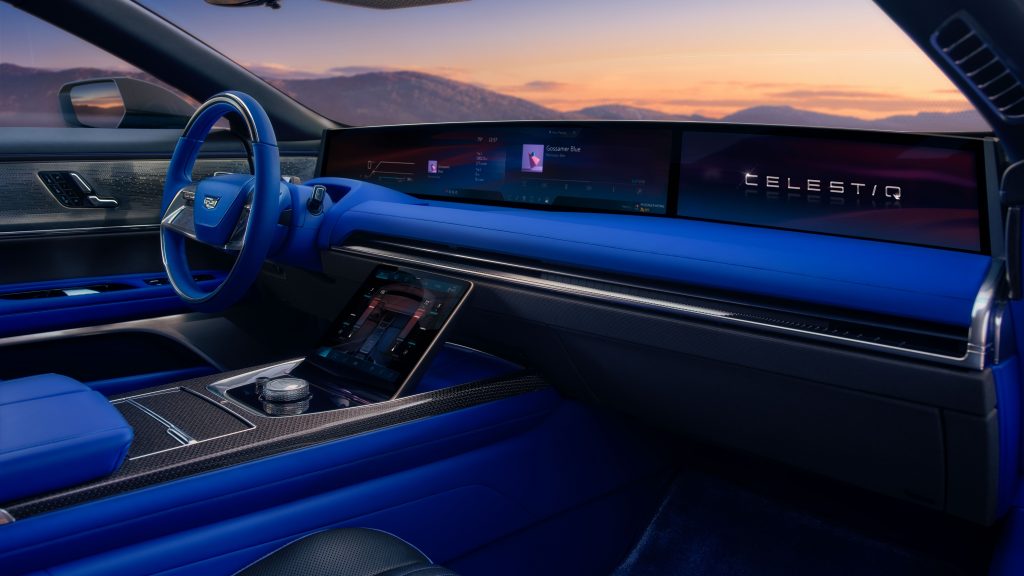
While Cadillac has always wanted to rebuild its image, the cars it released over the past few years did little to address those issues. Now, with electrification in sight, it took the opportunity to engage in a complete overhaul. While the Lyriq anticipates the new standard its regular models will have from now on, the full-size Celestiq paves a new way. It goes directly for the heart of the market segment of luxury cars.
As Road & Track has written, Cadillac is working hard with “additive manufacturing and laser etching”. The Celestiq has many details made with those procedures, so the company offers even more possibilities for buyers to customize their car. More than changing colors and materials, it is possible to add items to suit the owner’s routine and lifestyle and/or change others to match their personal preferences and values.

Rolls-Royce Bespoke
Even though Cadillac has gone a long way, the reference among luxury cars is still Rolls-Royce. The British company has gone even further last year by restarting its coachbuilding division. In short, it allows you to customize pretty much your entire car. The company has minimal fixed points, such as key image items of the brand and powertrain specifications. When it comes to design and comfort, the sky is the limit.
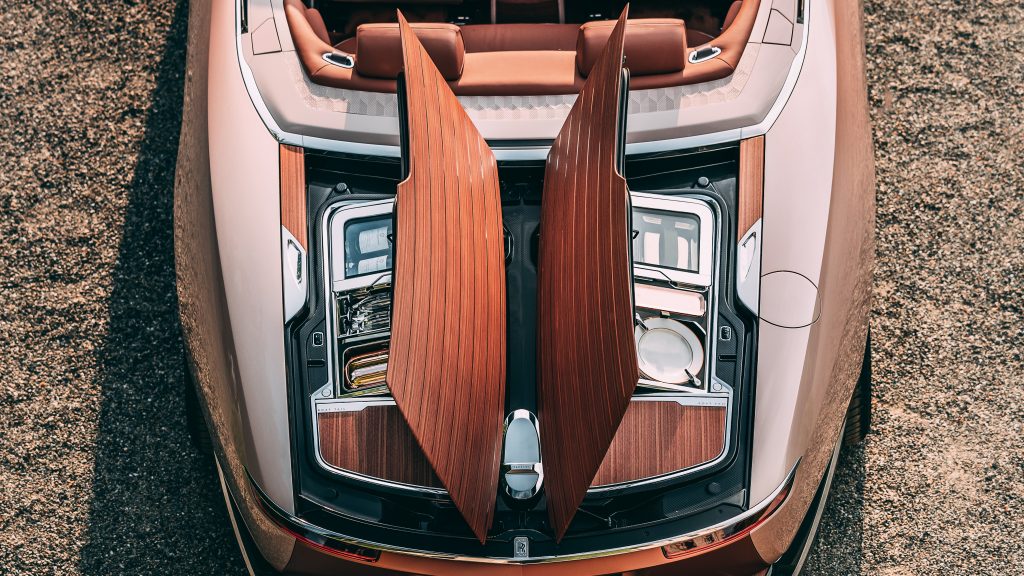
This technique was the norm for the first luxury cars. It consists of custom-ordering everything to place on the chassis. The future owner specifies the basic design, number of doors and seats, how much space for each portion of the cabin… and, of course, selects the exact hue for the body paint and the exact material for the upholstery. The Boat Tail shown in the pictures is Rolls-Royce’s latest project of that type.
We can say that initiatives like those represent what luxury cars are these days. Rather than simply adding more and more items, companies strive to communicate with their customers and understand what they really want from their cars. Then, it is a matter of pushing their limits to make all those wishes come true. Such commitment to excellence has become the latest standard in the luxury market around the world.
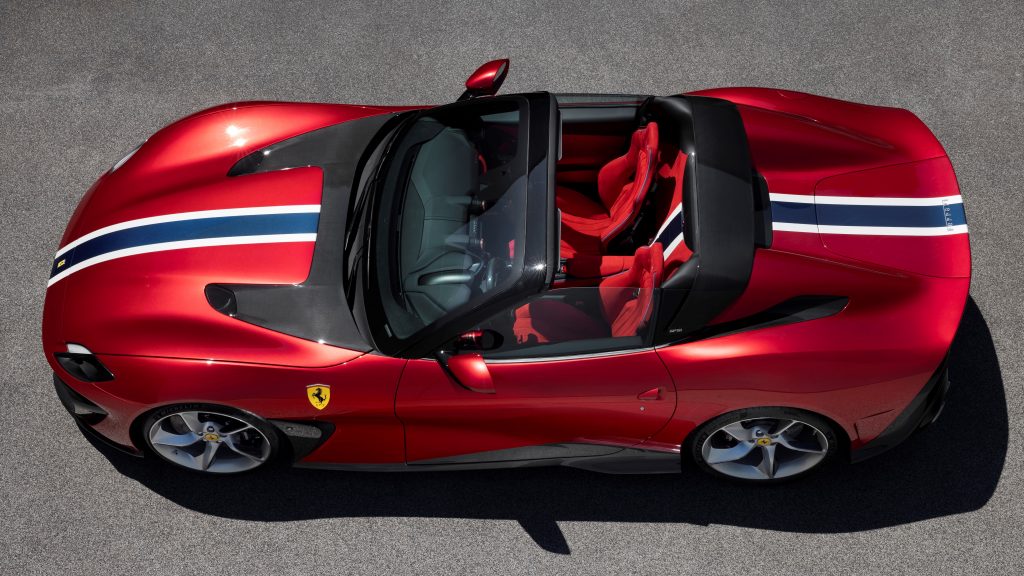
We hope this article has helped you understand more about the luxury car market. Customization is the latest trend when it comes to luxury cars, and the industry has been executing it in several ways. The only fixed fact here is that their profit margins never cease to grow. Do you think this is the right way to go in this market segment, or would you rather go back to the traditional concept we used to see?
Danillo Almeida has explored his passion for cars in two distinct ways. The first one is his graduation course in Mechanical Engineering, which will hopefully lead to a job position in the field. The other one is expressing his knowledge and opinions on the matter through writing. Almeida has already contributed to blogs, stores, and websites in general writing automotive content in many formats.



